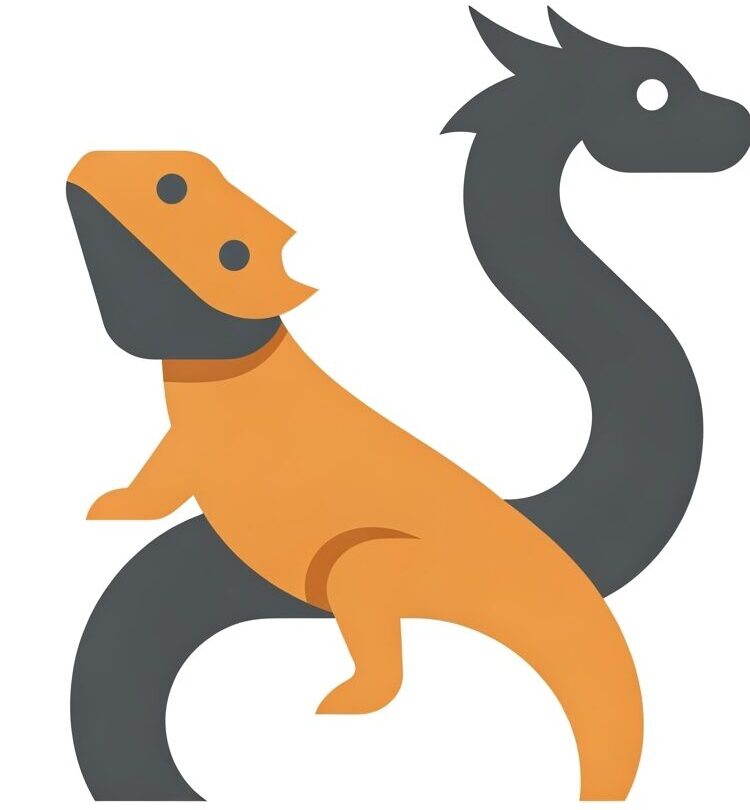Can Leopard Gecko Safely Eat Calcium Powder? A Complete Guide
Leopard Geckos require a balanced diet to thrive in captivity, and understanding their nutritional needs is crucial for any responsible owner. This article will explore whether Calcium Powder is a safe and beneficial addition to your Leopard Gecko’s diet.
The Short Answer (Is Calcium Powder Safe?)
Yes, calcium powder is essential for the health of your Leopard Gecko. However, it’s not something they “eat” directly like a treat, but rather a supplement that’s used to dust their insect prey.
Nutritional Value / Potential Risks
Leopard Geckos require a diet rich in calcium to prevent Metabolic Bone Disease (MBD), a serious and often fatal condition. Calcium is vital for bone growth, muscle function, and nerve function. Insect prey, like crickets and mealworms, are naturally low in calcium and high in phosphorus, creating an imbalance. Calcium powder supplements this deficiency.
There are generally two types of calcium powder available:
- Calcium Powder without D3: This type requires your gecko to have access to UVB lighting, which allows them to synthesize Vitamin D3, which in turn enables them to absorb calcium.
- Calcium Powder with D3: This type contains Vitamin D3 already, so UVB lighting isn’t strictly essential (though still beneficial for overall health). However, over-supplementation with D3 can lead to hypervitaminosis D3, which is dangerous.
Therefore, using calcium powder with D3 needs to be done carefully and in a controlled manner.
How to Feed (If Applicable)
Calcium powder isn’t “fed” directly to your gecko, but rather used to “dust” the insects before offering them.
Here’s how to properly dust insects:
- Place a few insects (crickets, mealworms, dubia roaches, etc.) in a small container or plastic bag.
- Add a small amount of calcium powder to the container. Start with a pinch (enough to lightly coat the insects).
- Gently shake or swirl the container to coat the insects evenly with the powder.
- Offer the dusted insects to your Leopard Gecko immediately.
For calcium without D3, dust the insects at almost every feeding (4-5 times per week). For calcium with D3, dust the insects only 1-2 times per week, at most, to avoid overdose.
You should also leave a small, shallow dish of plain calcium powder (without D3) inside the enclosure at all times for your gecko to self-regulate its calcium intake if needed. This is called “free-feeding”.
Important Considerations / Warnings
- Avoid over-supplementation with D3: More isn’t always better. Stick to the recommended dusting schedule for calcium with D3.
- Variety is key: While calcium supplementation is crucial, offer a variety of appropriately sized insects as part of your gecko’s diet. Different insects offer different nutritional profiles.
- Gut-load your insects: Feed your feeder insects nutritious foods (fresh vegetables, fruits, commercial gut-loading diets) for at least 24 hours before dusting and offering them to your gecko. This further enhances their nutritional value.
- Monitor your gecko’s health: Watch for signs of MBD, such as lethargy, tremors, difficulty walking, or a soft jaw. If you notice any of these symptoms, consult a reptile veterinarian immediately.
Conclusion
Calcium powder is not only safe but essential for maintaining the health of your Leopard Gecko, but it must be used appropriately. By properly dusting your gecko’s insect prey with calcium powder, especially in conjunction with a varied and nutritious diet, you can help ensure they live a long and healthy life. Always remember to consult with a reptile veterinarian if you have any concerns about your gecko’s health or diet.
